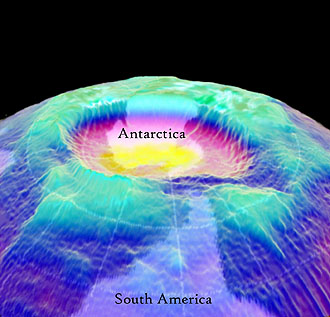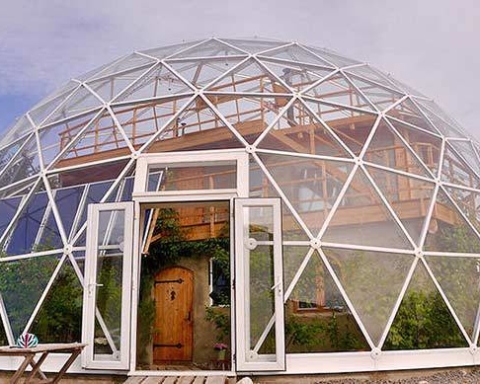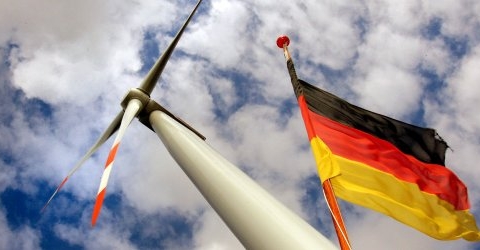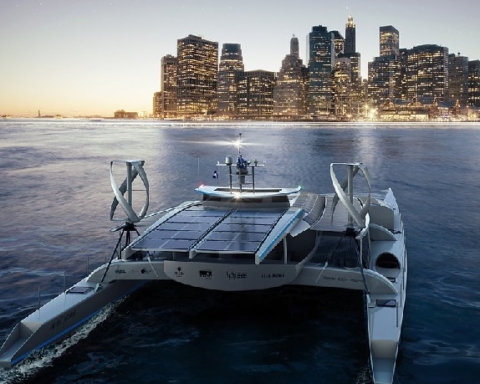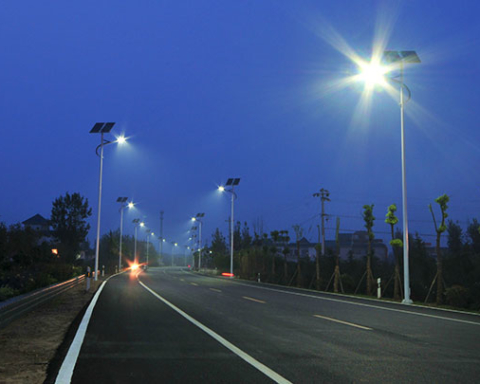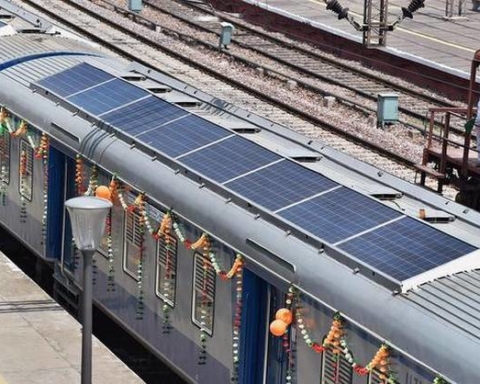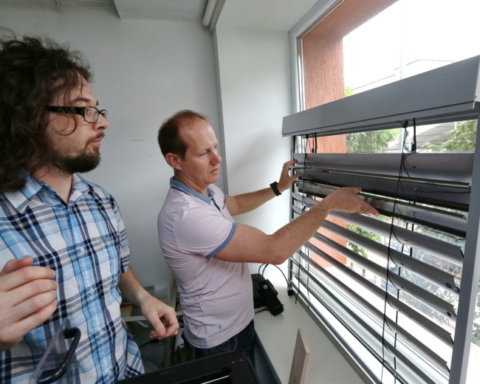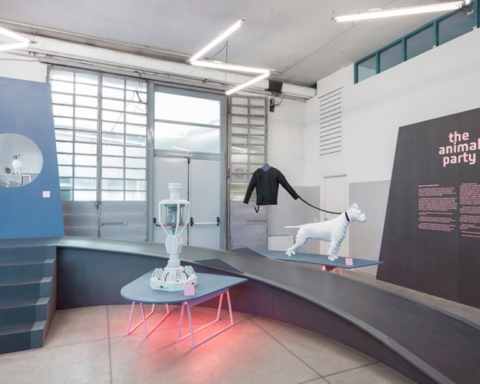Despite the fact that Donald Trump signed a decree abrogating Barack Obama’s measures on climate, especially in the fight against global warming, touting “beautiful clean coal“, the United States and several countries around the world announce again Record for renewable energy.
The annual report of REN21 (a policy network facilitating exchange around renewable energy and knowledge sharing for the rapid growth of technologies) in developing and industrialised countries confirms the growth of renewable energy and their capacity to take over fossil fuels despite the decline in investment. Far from being inaccessible, they are becoming more democratic in developing countries, while China retains its position as world leader.
In 2016, 161 GW of renewable energy was installed: a new record that increases the total renewable electricity production capacity by nearly 9% compared to 2015, reaching approximately 2,017 GW. Photovoltaic solar power accounts for approximately 47% of these additional capacities, followed by wind power (34%) and hydroelectricity (15.5%), according to the 2017 Global Status Report (GSR) REN21. At the global level, renewable energy now account for 19.3% of total electricity consumption, compared with 78.4% for fossil fuels and only 2.3% for nuclear power. For example, in the United States, the report of the U.S. Energy Information Administration (EIA), in March 2017, found solar and wind accounted for a record 10 percent of electricity generation.
“The world adds more renewable capacity every year, more than it adds fossil capacity, from all sources. One of the most important results put forward by GSR 2017 is that holistic approaches are key to success: With the growth of the share of renewable, it becomes imperative to invest in infrastructure as well as in a series of tools: interconnected transmission and distribution networks, supply and demand, connection of sectors (e.g. working on the integration of transport and energy networks) as well as the deployment of a wide variety of technologies enabling the full development of renewable,” said Arthouros Zervos, President of REN21.
Renewable energy cost less than fossil fuels
More than the increase in capacity, expected and logical in a fast-growing sector, it is the economic interest that attracts attention. Indeed, renewable energy is becoming the most economical mode of electricity production, which should finally initiate the energy transition.
For example, recent transactions in Denmark, Egypt, India, Mexico, Peru and the United Arab Emirates have seen the cost of electricity drop to $ 0.05 / KWh. This figure is well below the cost of fossil or nuclear energy produced in these countries. The winners of two recent tenders in Germany did not even need the support of public subsidies, based solely on the wholesale price, demonstrating de facto that renewable are the most economical option.
While global investment in new renewable capacity is about twice that of the fossil fuel sector, it has fallen by 23% compared to 2015:
– 30% in emerging and developing countries, reaching only $ 116.6 billion,
– 14% in developed countries (only $ 125 billion)
These disappointing statistics, in contradiction with statements of good intentions, also show that renewable energy are becoming less and less expensive, as production capacity has increased by 9% at the same time.
Christine Lins, Executive Secretary of REN21, explains: “The world is racing against the clock. The only way to reduce CO2 emissions efficiently and quickly is to eliminate coal-fired power generation while accelerating investment in renewable and energy efficiency. When China announced in January that it was halting the construction of more than 100 coal-fired power plants, yet under construction, it has paved the way for all governments: Change is possible quickly when governments take action, establishing clear, long-term policies and sending the right signals to investors. ”
Investments remain largely dominated by the wind and solar photovoltaic sectors, while all technologies should be deployed (geothermal energy, biomass, marine energy, etc.).
However, financial and subsidies granted to extend the life span of thermal and nuclear power plants continue to be higher than those for renewable energy. By 2014, for every dollar of subsidy spent on renewable, governments spent 4 to extend our dependence on carbon-based energy.
That is why, by the end of 2016, more than 50 countries had committed to eliminate subsidies for fossil fuels; some reforms have taken place but not enough, notes the report of REN21.
China is world’s leading investor
In 2016 and for eight years now, the world’s leading investor in renewable energy has remained China, and has positioned itself as a leader on wind, photovoltaic and hydraulic power. Its main motivation is to reduce air pollution caused mainly by coal-fired power plants which literally choke the population, as evidenced by the installation of giant air purifiers in the capital.
China is also the first “polluter” country in terms of greenhouse gases (CO2). In 2015, 29% of CO2 emissions came from China, compared with 15% for the United States and 10% for Europe (Global Carbon Atlas) followed by Great Britain, Japan and Germany.
It should be noted that renewable energy are no longer the prerogative of rich countries and that their increasingly affordable cost and the fact that they are decentralised and therefore accessible to remote populations ensure their democratisation in many countries considered poor.
Moreover, a giant like India has begun its energy transition thanks to solar energy.
One of the arguments of opponents of renewable energy is their intermittent character: without sun or wind and without simple storage of the electricity produced, renewable energy would be condemned to be coupled with fossil or nuclear energy.
The report of REN21 dismisses this myth: integrating a large amount of renewable energy into the grid is feasible without resorting to a fossil or nuclear “baseload”. In addition, this guarantees good flexibility: network interconnections, sector coupling and new technologies such as those related to information and communication, storage, electric vehicles or heat pumps are all answers. This type of flexibility not only balances the so-called variable sources, but also optimizes the system and reduces overall production costs. It is therefore not surprising that the number of countries managing peaks reaching 100% renewable is rising steadily. For example, in 2016, Denmark and Germany managed peaks of up to 140% and 86.3% of renewable energy! More recently in Greece, the island of Tilos announced that it would be entirely run on wind and solar power.
Finally, innovations and technological breakthroughs in the field of storage will allow even more flexibility in the management of the energy system. In 2016, about 0.8 GW of advanced storage capacity became operational, bringing the total estimated level to 6.4 GW.
The explosion of mini-grids and autonomous systems
The business models “Pay-As-You-Go” (PAYG) or “Fee-For-Service”, enabled by mobile technologies is exploding. In 2012, investments in PAYG systems of solar companies were limited to $ 3 million. In 2016, this figure rose to 223 million! (158 million in 2015).
This new type of equipment is used in Africa, Asia and Latin America to bring solar electricity and other services to people who do not have access to it for a few dollars a day (1 to 6) and without a bank account.
The transportation, heat and cooling sectors are still lagging behind the electricity sector. The deployment of renewable technologies in the heat / cool sectors remains a challenge due to the unique and decentralised nature of the market.
The de-carbonisation of transport, based on renewable energy, is neither seriously considered nor a priority. Despite a significant expansion in the sale of electric vehicles, mainly due to the decreasing cost of batteries, much remains to be done to ensure that these vehicles benefit from the adequate recharging network and are powered by renewable sources. While air and sea transport represent the biggest challenges, neither public policy nor commercial impetus has led to the emergence of real technological solutions.


